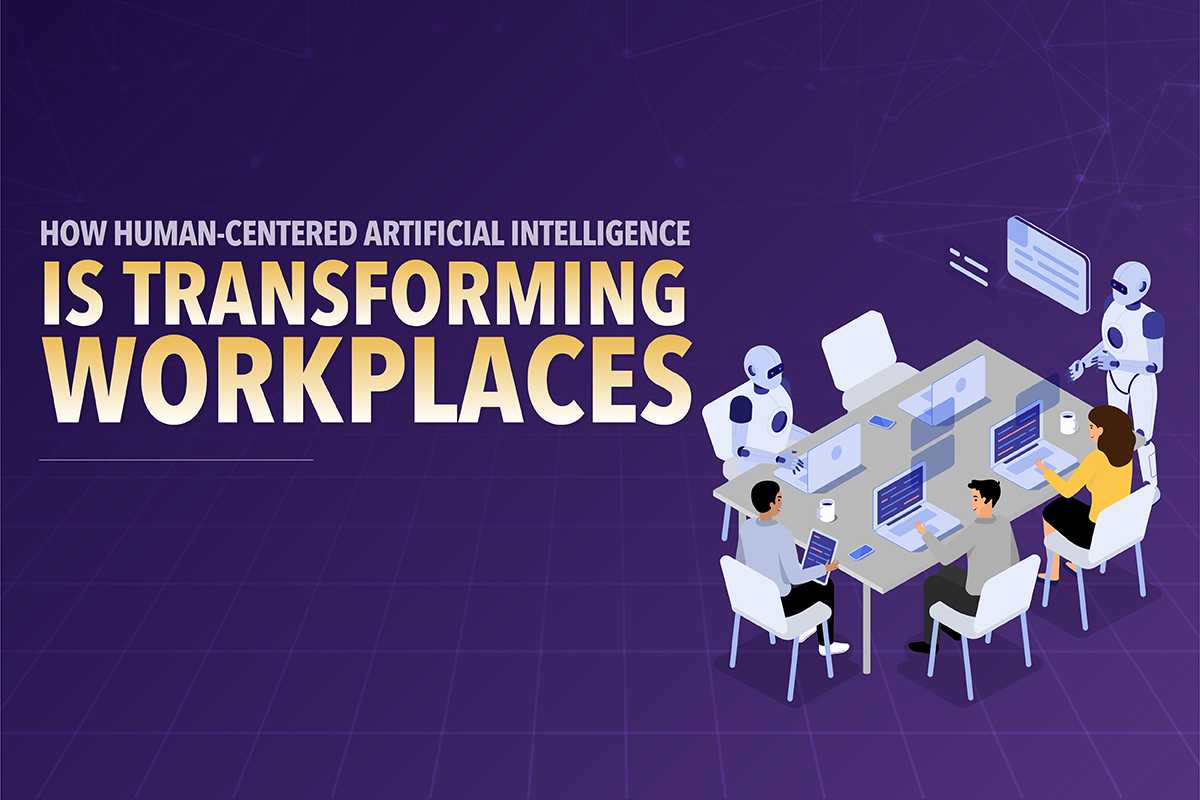Understanding the Types of Research Design
Written by:
East Carolina University®
• Aug 13, 2025

Understanding the Types of Research Design
Quality research is crucial in virtually every field, including psychology, intelligence, criminal justice, and many others. Research design is a systematic process that determines the methods for data collection and analysis. Learning more about the different types of research design ensures better outcomes by effectively answering questions or solving problems. A bachelor’s degree in psychology provides ample insight into these practices, preparing aspiring professionals for countless roles.
What Is Research Design?
Research design is a method or process by which researchers in any field organize their projects. It serves as a blueprint for how research staff should collect, measure, and analyze data, ensuring that the research being conducted addresses the issue or answers the question at hand. Thoroughly exploring the problem or question the research should address is the key to choosing the proper research design method.
5 Common Types of Research Design in Psychology
There are more than 20 types of research design, and some are used more frequently in psychology research than others. Per an article published by Verywell Mind, the three most common options include descriptive, correlational, and experimental. However, many psychology researchers also use quasi-experimental and case study research design. Each of these types considers several different factors, including the data type, ethics, limitations, time constraints, and complexity of the study or research.
1. Experimental
Experimental research design is a protocol used to conduct a scientific experiment using two sets of variables, with one acting as the constant. Experimental research is quantitative in nature, assisting researchers in determining specific facts and measuring cause and effect. It establishes good decision-making and builds a framework for the research that makes data analysis easier.
This type of research design is popular in criminal justice, often used to introduce and measure the impact of variables that can improve the environment’s safety. For example, it may be used to introduce variables that could reduce offender-on-offender assaults or measure the impact of programs in prison settings.
2. Correlational
Compared to experimental research, which relies heavily on the scientific method to form hypotheses, the correlational research design is very descriptive. It is ideal for researchers who want to determine whether two things are related in some way. This form of research relies heavily on observing behaviors, analyzing vast amounts of archival data, and designing and conducting surveys.
Correlational research does not consider future information, and the research itself is dynamic, meaning patterns between the two variables can change. For example, a researcher may measure the attitudes of individuals toward a specific place, such as a shopping center, and how it influences their purchasing behavior.
3. Quasi-Experimental
When experimental manipulation cannot be feasibly used, researchers can sometimes use correlational tactics, such as observation or archival data, to study causal relationships. In this way, they can find out more about how different factors influence others’ behaviors or specific outcomes without any direct, strict manipulation of variables.
One example of the quasi-experimental type of research design could be a group of mental health professionals who want to try a new therapy, but others choose to stick to the normal treatment they already use. Comparing and contrasting these two pre-existing patient groups can provide insight into the therapy’s efficacy despite random assignment.
4. Descriptive
Descriptive research design is common in business research, education, and sociology. Its primary purpose involves finding and describing behaviors or characteristics without the subject or the subject’s environment. Descriptive research provides a detailed look at a specific set of conditions, making it ideal for understanding relationships, trends, and patterns.
As an example of descriptive research design, an intelligence officer employed by the federal government may design a study or research project to look for trends or changes over time in satellite radar imagery. If the observed trends or changes may point to a security threat, the data can inform government or military decisions to protect national security.
5. Case Study Design
Finally, case study design is another form of observational research. It takes an in-depth look at specific situations in the past to understand why they occurred and evaluate the effectiveness of the solution. Case studies are one of the most popular forms of research design in situations when researchers want to measure how certain ideas or concepts may apply in real life.
Used primarily in market research and social science, case studies use a five-part format that includes a title, overview, problem, solution, and results. As an example, marketing professionals may use case studies with products to better understand consumer behavior and practices. Case studies are also used to improve current law enforcement policies and practices or to find solutions to public safety issues.
Explore Research Design by Earning Your Bachelor of Arts in Psychology
Research design is essential in every field, including psychology, marketing, criminal justice, and national security. Every single day, individuals in these fields use different types of research design to help their clients or patients, profile criminals, or look for trends that may signal a threat.
You can learn more about research design and how to apply it when you earn your Bachelor of Arts (BA) in Psychology degree from East Carolina University®. Our unique Flight Path Program offers a comprehensive curriculum exploring the biology underlying psychology, how human beings process data, abnormal psychology, and more.
Learn more about the complexities of human behavior with ECU.
Recommended Readings
Understanding Psychology in Criminal Justice
Fundraiser Job Description and Outlook
Sources:
Enago, Experimental Research Design - 6 Mistakes You Should Never Make
Indeed, Research Design: What It Is (Plus 20 Types)
Formplus, Correlational Research Designs: Types, Examples, and Methods
Psychology Town, Choosing the Right Research Design: Factors and Considerations
Research Method, Research Design - Types, Methods, and Examples
Research Methods in Psychology, Correlational Research
Verywell Mind, Understanding Methods for Research in Psychology


